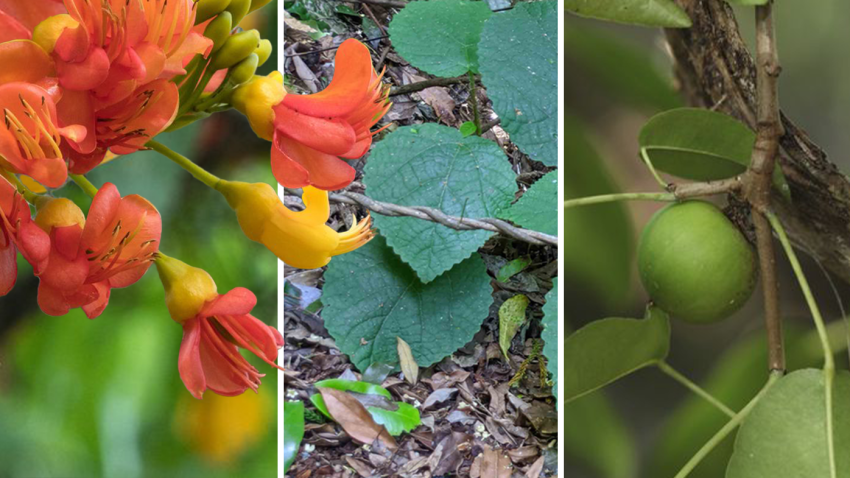langerhanscellhistiocytosis.org – Plants, often seen as the epitome of serene beauty and life-giving sustenance, can also harbor some of the most lethal poisons known to humanity. This journey through the world’s deadliest plants reveals not only their deadly nature but also their historical and cultural impacts.
Water Hemlock (Cicuta maculata)
Water hemlock, a large wildflower closely related to the infamous poison hemlock that killed Socrates, is considered the most violently toxic plant in North America. It resembles Queen Anne’s lace and can be mistaken for edible plants like parsnips or celery. However, it is infused with deadly cicutoxin, particularly in its roots, which can rapidly induce fatal symptoms like painful convulsions, abdominal cramps, and nausea.
Deadly Nightshade (Atropa belladonna)
Deadly nightshade, with its sweet-looking berries, is a native of wooded areas in central and southern Eurasia. The berries are particularly dangerous, luring children and unwitting adults with their sweetness. The plant contains atropine and scopolamine, which cause paralysis in the involuntary muscles of the body, including the heart. Even physical contact with the leaves can cause skin irritation.
White Snakeroot (Ageratina altissima)
White snakeroot, a North American herb, was responsible for the death of Abraham Lincoln’s mother, Nancy Hanks. Unlike direct ingestion, she was poisoned by drinking milk from a cow that had grazed on the plant. The plant contains a toxic alcohol known as trematol, which can cause symptoms like loss of appetite, nausea, and weakness, leading to death.
Castor Bean (Ricinus communis)
Widely grown as an ornamental, the castor bean plant is native to Africa. While the processed seeds are used to make castor oil, the raw seeds contain ricin, a deadly poison. Just one or two seeds can kill a child, and up to eight can kill an adult. Ricin works by inhibiting protein synthesis within cells, causing severe vomiting, diarrhea, seizures, and death.
Rosary Pea (Abrus precatorius)
Also known as jequirity beans, these seeds contain abrin, a highly deadly ribosome-inhibiting protein. The seeds are used in jewelry and prayer rosaries but are lethal if scratched, broken, or chewed. It only takes 3 micrograms of abrin to kill an adult, and numerous jewelry makers have been made ill or died from accidentally pricking their fingers while working with the seeds.
Oleander (Nerium oleander)
Oleander, known for its striking flowers, is another deadly plant. It contains toxic cardiac glycosides and has been used in folk medicine despite its lethal nature. The plant is so toxic that even touching the sap can cause skin irritation.
Manchineel (Hippomane mancinella)
Manchineel, known as “the world’s most dangerous tree,” is found in tropical parts of the Americas. Every part of the tree, from the bark to the sap, is highly toxic. Even standing beneath the tree during rain can cause the skin to burn and blister.
Lily-Of-The-Valley (Convallaria majalis)
Lily-Of-The-Valley, with its sweet-smelling flowers, is highly toxic due to a high concentration of heart-active cardiac glycosides. Despite its beauty and use in folk medicine, it is dangerous if ingested.
This journey through the world’s deadliest plants highlights not only their inherent danger but also the historical and cultural contexts in which they have been used. From deadly nightshade poisoning to the accidental ingestion of white snakeroot, these plants have left a lasting impact on human history. Understanding their nature is crucial for safety and respect for the natural world.

